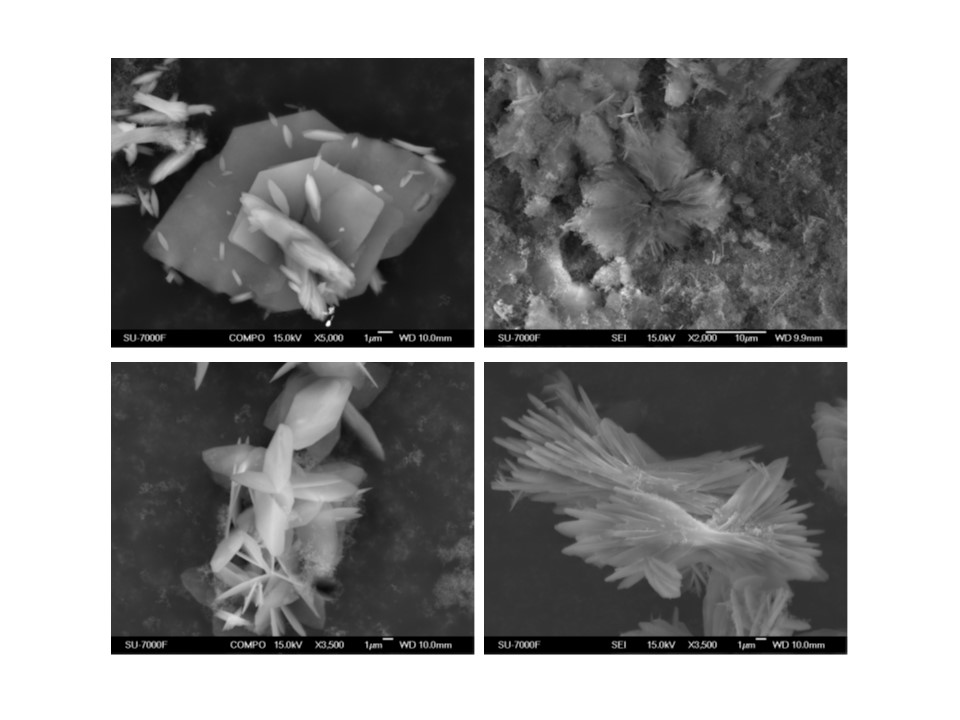Crystalline hybrid layer dicalcium phosphate (HLCP), production process and application
Abstract
Calcium phosphate (CaP) nanomaterials are of great importance as vehicles for e.g. antibiotics, growth factors or various drugs for the treatment of bone diseases, the promotion of hard tissue regeneration or the prevention of implant rejection, among others. The present innovation relates to a new crystalline hybrid layered dicalcium phosphate (HLCP) as a base material for, among others, bioceramics, biocomposites, bone scaffolds, implants and as a drug carrier.background
Despite the broad potential and scope of application in bone tissue engineering, conventional CaP materials exhibit poor biodegradability, low load-bearing capacity, modest mechanical properties, and insufficient bioactivity or osteoinductivity, among others. These properties are detrimental to targeted drug delivery and sustained action and/or controlled drug release. Porous CaP materials are useful for cell colonization, vascularization, bone formation, and drug and nutrient diffusion. However, superior mechanical properties needed for many medical applications require strong and dense materials. Therefore, in the development of new CaP materials, a balance between high drug loading (only achievable via porosity in current materials) and mechanical properties is of key importance, along with good biocompatibility and activity.
Innovation / Solution
The innovation is based on the unexpected finding that pure organic solvents can be used to induce the transformation of amorphous calcium hydrogen phosphate. Surprisingly, the crystallization of amorphous calcium hydrogen phosphate is not inhibited and, moreover, the organic molecules of the solvents are not excluded in the formation of the crystalline structure. Thus, a new class of hybrid layered crystalline dicalcium phosphate materials can be provided, wherein the HLCP comprises alternating inorganic layers of dicalcium phosphate units and organic layers of molecules of at least one organic solvent or at least one organic drug or a mixture of both, to incorporate drug molecules for biomedical applications. The structural incorporation of the molecules is expected to result in better capacity and more controllable release than porous, conventional materials.Benefits
fields of application
The field of application is medical technology with the specialty of implantation technology.You can close this window. You can find your search results in the previous window





